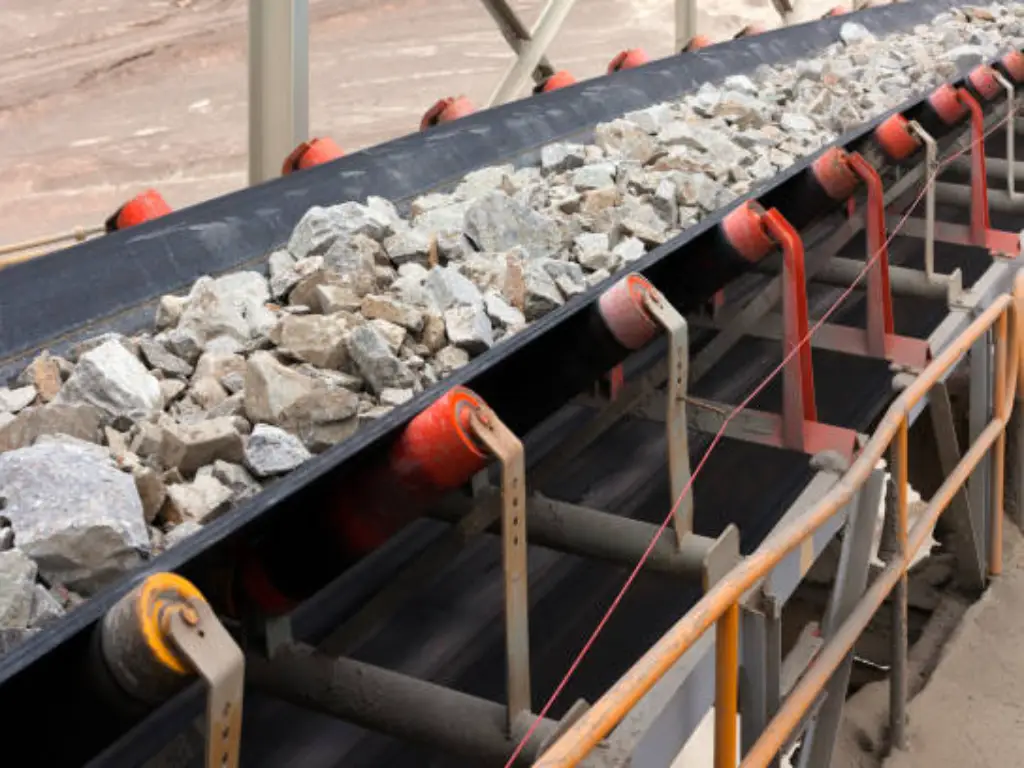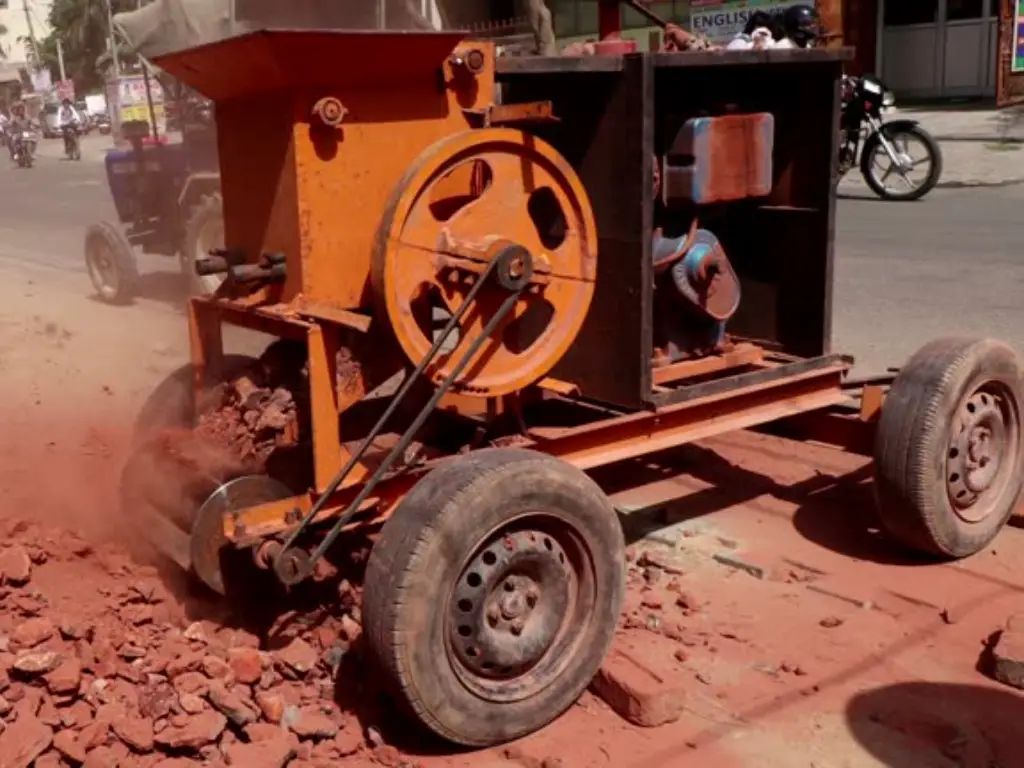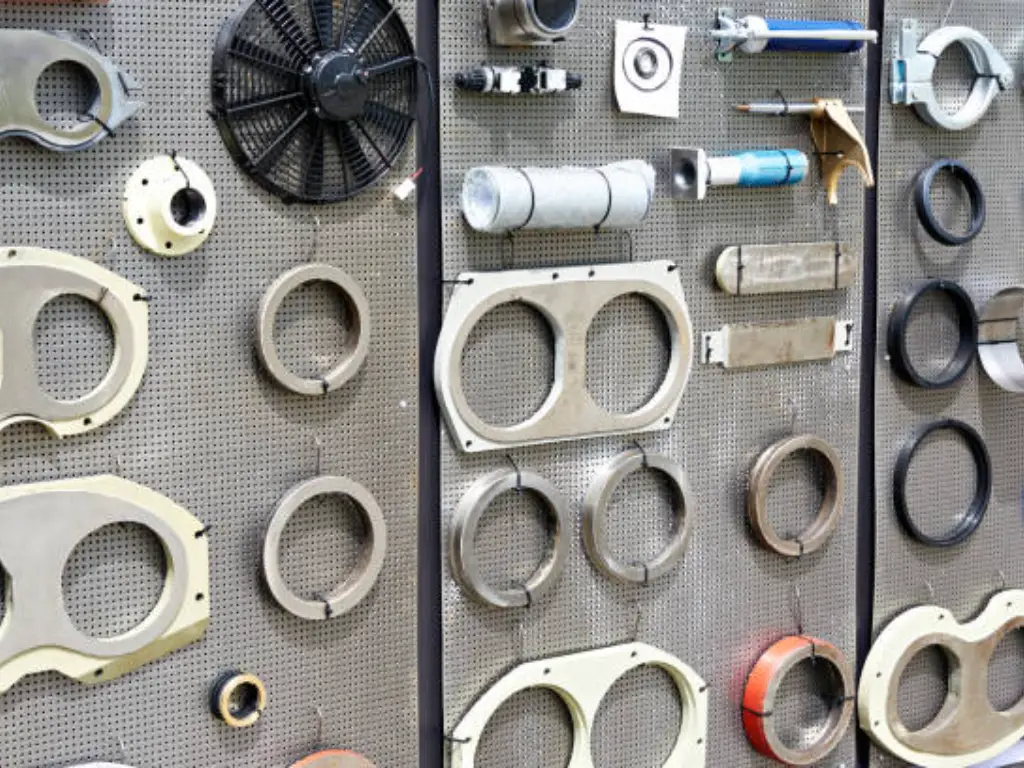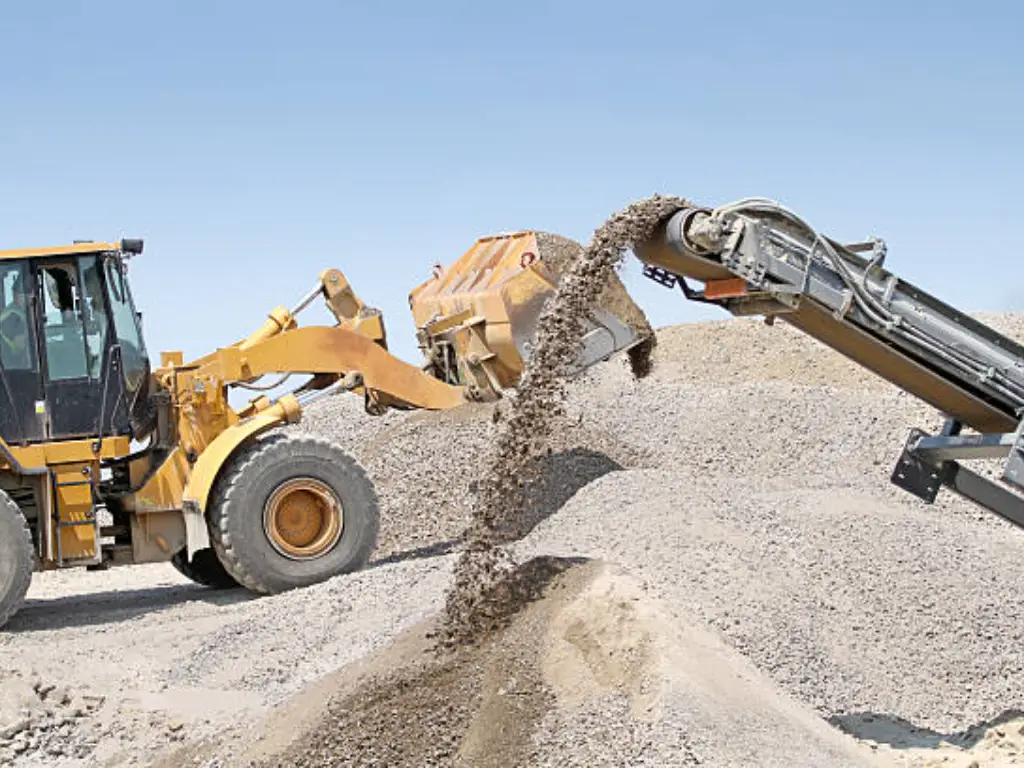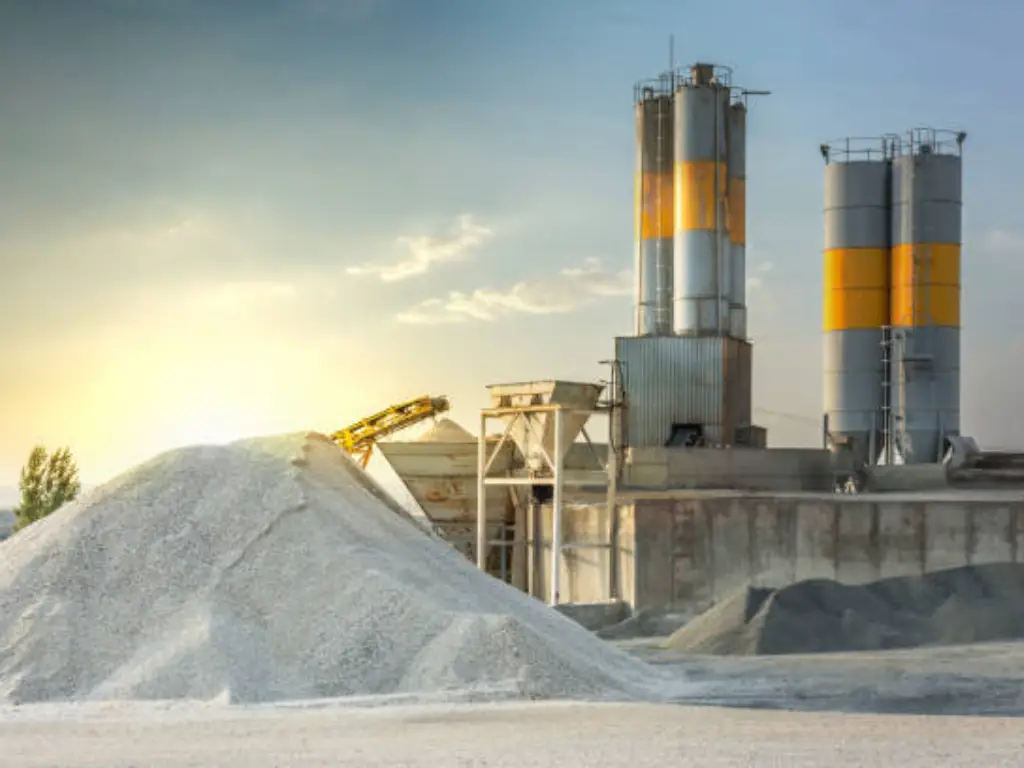- Home
- Blog
- Equipment Info
- Primary Crushing: What You Need to Know
Introduction
In the world of building and digging for stuff, making big rocks smaller is super important for work to go smoothly and safely. The very first step of working with materials is called primary crushing, and this step is really key because it helps a lot with the work that comes after and the success of the whole project. This blog will tell you all about primary crushing and the machines we use for it, so you can know more about crushing process.
What is Primary Crushing?
Learning a lot about primary crushing stage is pretty crucial in the mining industry. It’s key for anyone wanting to enhance their work with minerals. Primary crushing isn’t just about making big rocks into smaller ones. It’s a step that’s thought out well to ensure everything runs smoothly and gets the material ready in the best way for the next steps.
Primary crushing happens when we take big rocks, even ones bigger than a meter, and make them into smaller bits. These bits are often between 150 and 200 mm. This step is very important. It makes the rocks smaller. This helps the next machines work better at crushing or grinding them. Or, we can use these smaller pieces right away for building things like roads and buildings. The size we crush the rocks to can vary. It depends on the type of mineral we have. It also depends on what we need for the next steps.
Before we start primary crushing, the first stage of material reduction, we often need to get them from mines or rock quarries. This is typically accomplished by blowing objects up or digging. This raw material can be big and oddly shaped. It is then moved to the primary crusher. This is usually done by large trucks or a conveyor belt. After the first crush, the material might go for more crushing. It could be secondary stage or tertiary crushing, depending on what is needed. For example, in mining, the ore might need more crushing. This is so it can be small enough for grinding. Or, so we can take out important metals right away.
Getting a good start on primary crushing is critical for all that follows. It can help you save money while also improving the finished product. People in charge can really affect the final product’s look. They do this by choosing the right type of first crusher. This could be a jaw crusher, gyratory crusher, or impact crusher. They also decide on its size. Then, they adjust it for the next steps. This might be more crushing, grinding, or making material ready to use.
Plus, primary crushing is super important for the whole crushing and processing thing. How well it’s done really matters for both the cost and the quality of what we end up with. That’s why making sure this first step of crushing is done right is a big deal.This means choosing the best machines. It also means using the latest technology. And, it involves using smart ways to make the material the perfect size and shape for what comes next.
Type of Primary Crushers
| Type of Crusher | Input Size (mm) | Output Size (mm) | Reduction Ratio | Material Suitability |
|---|---|---|---|---|
| Jaw Crushers | Up to 1000 | 150 to 300 | 3:1 to 6:1 | Hard, abrasive materials |
| Gyratory Crushers | 500 to 2000 | 100 to 300 | 4:1 to 6:1 | Very large feed sizes |
| Impact Crushers | Up to 800 | Under 30 | 10:1 to 25:1 | Soft to medium-hard materials |
| Cone Crushers | Up to 600 | 20 to 200 | 5:1 to 8:1 | Medium-hard to hard materials |
| Roll Crushers | Up to 600 | As small as 50 | 3:1 to 5:1 | Coal, limestone, less abrasive materials |
Jaw Crushers
Jaw crushers (types of compression crushers) efficiently reduce large rocks and materials through a compressive crushing action, with an input size capacity that can accommodate pieces as big as one meter (1000mm) in diameter. The output size from a jaw crusher can typically be adjusted between 150mm to 300mm, depending on the discharge settings. They boast a reduction ratio ranging from 3:1 to 6:1, making them exceptionally capable of producing a considerably smaller size suitable for further processing or direct application in some cases. This ability, combined with their durability to handle harder materials like granite and basalt, underscores their indispensability in primary crushing operations across mining and construction fields.
Gyratory Crushers
Gyratory crushers, with their rotating mantle and conical-shaped opening, elevate the efficiency and capacity thresholds of primary crushing. Designed to handle input sizes from 500mm up to 2000mm, these powerful machines can achieve output sizes within the range of 100mm to 300mm. Their reduction ratio generally falls within the vicinity of 4:1 to 6:1. Thanks to their robust design facilitating the processing of very large feed sizes and their capability to deliver a consistent, finer product, gyratory crushers, often lined with manganese steel, stand out as the go-to option for hard materials processing, especially in large-scale mining ventures.
Impact Crushers
Impact crushers are renowned for their proficiency in producing finer, more cubical products from larger feed sizes, which can range up to 800mm. They achieve output sizes that can be as fine as under 30mm. Offering a higher reduction ratio of about 10:1 to 25:1, they stand out for their efficient processing of soft to medium-hard materials, such as limestone and recycled materials, making them a superior choice for primary crushing in relevant scenarios.
Cone Crushers
Although cone crushers are traditionally utilized in secondary and tertiary roles, they can adapt to primary crushing for medium-hard to hard materials. They are capable of handling input sizes up to 600mm and can produce output sizes ranging from 20mm to 200mm. With their reduction ratio varying from 5:1 to 8:1, cone crushers are celebrated for their capacity to deliver a consistent, high-quality product, which underscores their versatility across different stages of crushing.
Roll Crushers
Roll crushers offer a different way to get things done, using two spinning cylinders to grab and crush materials into tinier bits. They’re great for working with materials up to 600mm, managing to slim them down to as small as 50mm. With a crushing efficiency measured by a reduction ratio of 3:1 to 5:1, these crushers are especially good for materials like coal, limestone, and others that aren’t too rough on equipment. Roll crushers are really cool because they crush things into smaller pieces. They don’t make a lot of dust or tiny bits. This makes them a great option for some mining and industrial work.
Factors to Consider When Choosing Primary Crushing Equipment
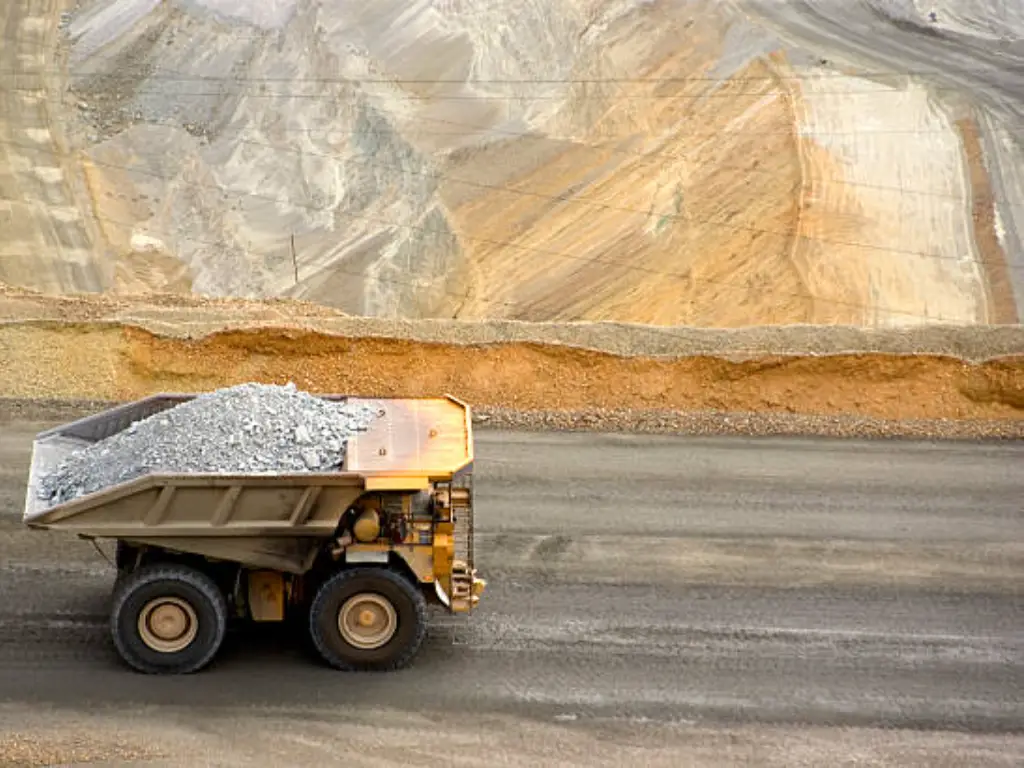
Picking out the right equipment for primary crushing is a big deal because it really affects how well the whole crushing and processing setup works. For top primary crusher manufacturers, read 10 Best Crusher Manufacturers for Your Mining Project. There are a few important things to think about to make sure you’re making the best choice. These include the type of material you’re working with, how big you want the crushed material to be, and what you need the crusher to do in your quarrying or mining project.
1. Crushed Material Characteristics
The different hardness, how abrasive it is, and the size of the material all play a big part in deciding on the primary crusher. For instance, jaw crushers work really well with hard and abrasive stuff like granite and limestone. They’re tough enough to deal with materials that have a Mohs hardness scale rating of up to 8, showing they’re a good pick for the harder tasks.
2. Desired Product Size
The size you want your crushed material to be at the end really matters when choosing your crusher. Different crushers can give you different final sizes, so it’s key to match the crusher to what size you want. If you’re after a smaller size, about 50mm, then a cone crusher or an impact crusher might be the way to go because they’re good at making finer pieces. But if you need a larger size, like 150-200mm, then a jaw crusher with a large feed opening could be better because it has a big opening for feeding in different sizes of large rocks and can handle those bigger pieces.
3. Capacity Requirements
3. Capacity Requirements
How much material (usually in tons per hour) you need the crusher to process also has a big impact on which crusher you should choose. If your project needs to crush 500 tons of material per hour, you’ll want a crusher that can handle that amount without slowing down your operation or needing a lot of maintenance stops.
Where to Buy Primary Crushers?
JXSC is well-known for its dedication to high quality and innovative designs in making rock crushers and equipment for processing minerals. They only use the best parts, like top-notch bearings and motors, and follow strict quality control checks that meet ISO9001 standards. This makes sure their gear is both reliable and performs great. The company uses the latest tech in machinery, like lathes and cutting tools, to create products that are not only precise but also built to last. With a team of skilled engineers and designs that can be customized, JXSC provides solutions for all sorts of mining projects, from small mobile wash plants to technologies that save water and boost efficiency in processing minerals. This shows their strong commitment to both doing things sustainably and working smarter.
Conclusion
Primary crushing is the first important step in turning big materials into smaller pieces. It makes everything that comes after work better and faster. It’s really important to know about the different main crushers, what they do best, and when to use them. When you think about the kind of material you have, how much you need to crush, and how you want to use the crusher, you can pick the best one for your job. This helps you crush materials in the best way possible without spending too much money.After learning about primary crushing, read What is Secondary Crushing? Basic Knowledge Should Know to understand the next phase.

